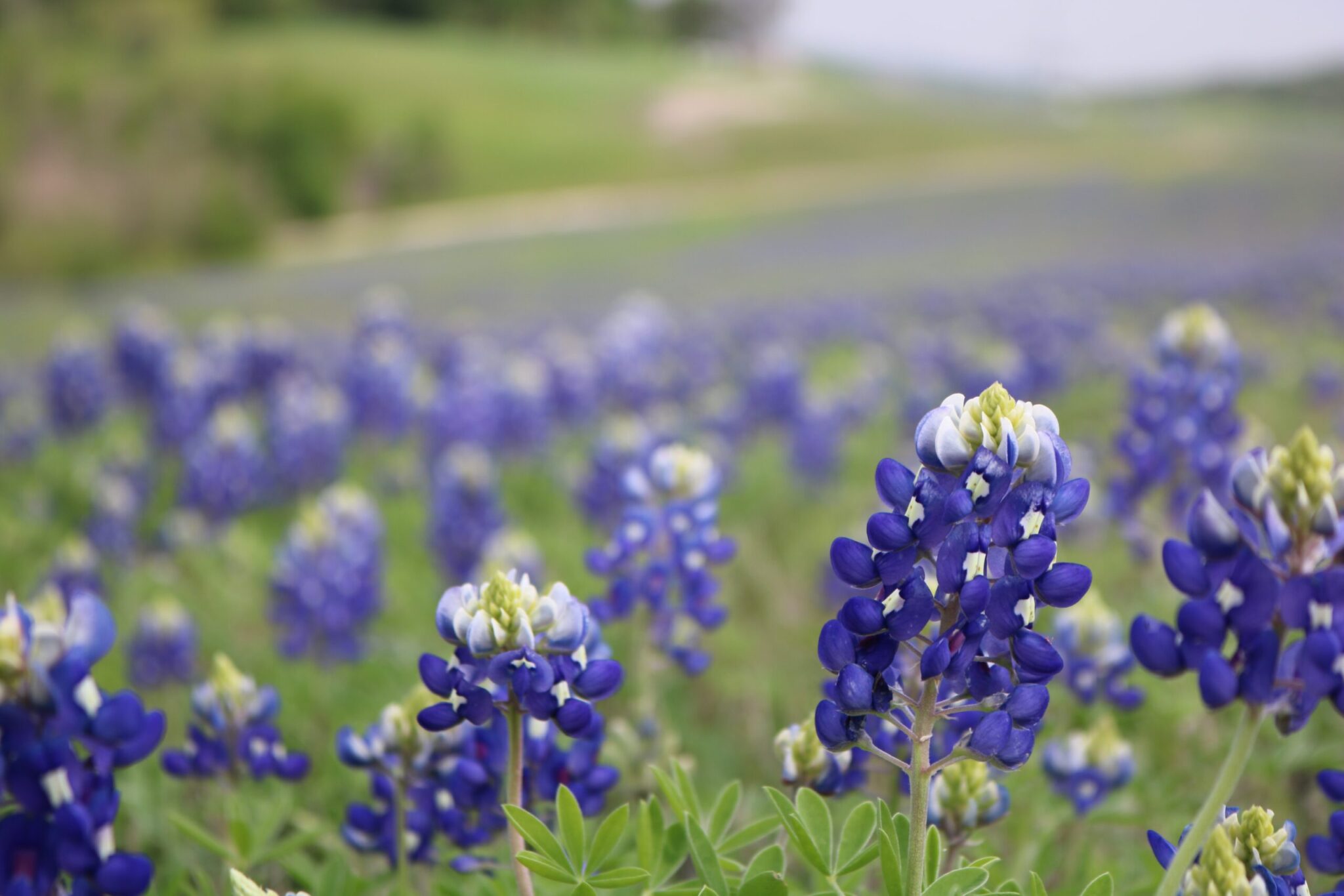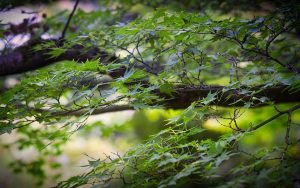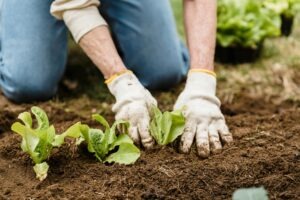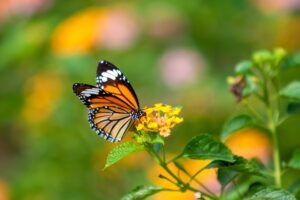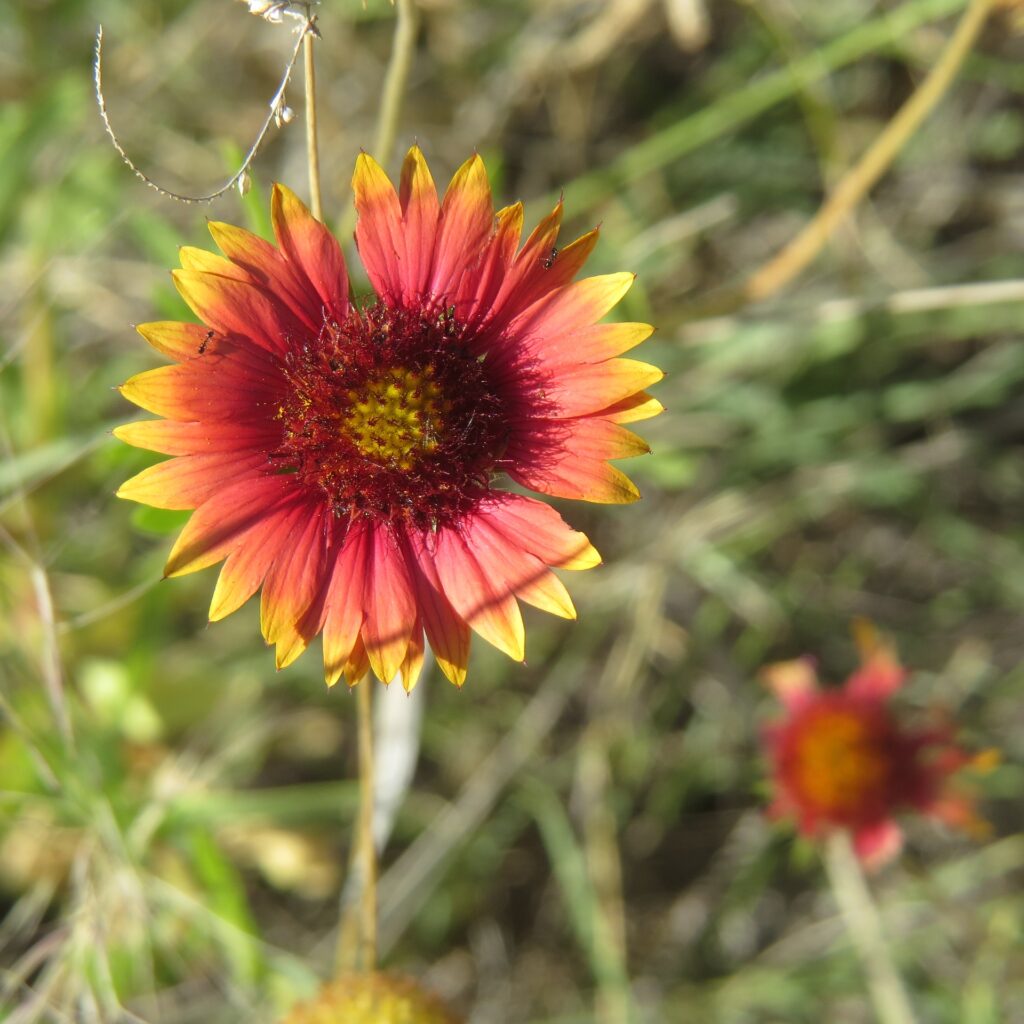
Globalism is an amazing phenomenon that sends products around the world. If you use a smart phone, drive a car, or shop at a grocery store, you’re benefitting from globalism. But globalism has its drawbacks, and one is the displacement of native plants.
Some of the most common plants that we see around Tarrant County are not native to our landscape. Nandina shrubs with their attractive red berries? From eastern Asia. Mimosa trees that produce fluffy pink-tipped flowers? Central Asia. Ubiquitous privet hedges? Northeastern Europe and Great Britain. Many of these plants were introduced to America because they were attractive ornamentals–they looked good in someone’s garden. But plants have a way of escaping gardens.
When they do, they can crowd out native plants, and that’s a problem. April is National Native Plant month—and a great opportunity to talk about the importance of native plants to the health of our planet. Why?
- Native plants help preserve local wildlife. Generation upon generation, native plants adapted to our unique climate. They formed mutually beneficial partnerships with native insects, birds, and mammals. Native plants are part of a complex, intertwined ecosystem. Remove any one element from that ecosystem and the whole system struggles.
- Native plants reduce water use. Drought is a fact of life in north Texas, but native plants have adapted to long stretches with little to no water. They can survive a hot, dry August when non-native plants wither away unless provided with lots of water. Yet water is a precious resource. How long can we afford to lavish it on invasive plants?
- Native plants protect and restore soil. When it does rain in Texas, it can rain in torrents. Native plants help absorb this water using their deep root systems. These roots also hold soil in place and prevent water runoff and erosion.
Invasive species are not the only threat to native plants. Habitat destruction and fragmentation are the biggest dangers. As cities grow, land uses change. Some wildlife habitats are converted into housing developments; others are turned over to farming. Remaining habitats are isolated. Other threats to native plants include overgrazing, reduced water quality, and climate change.
FWBG | BRIT is committed to the conservation of native plants. The Texas Plant Conservation Program seeks to raise awareness of the value of native plants, understand the threats confronting native plant populations, and conserve plant diversity in Texas.
Ongoing projects by FWBG | BRIT research staff include the following:
- Community conservation on working lands. Texas is roughly 97 percent private land, much of which is used for ranching and agricultural production. To make substantial conservation impacts in this state, conservationists will need to work in collaboration with landowners. Researchers know that, when managed through sustainable grazing practices, pastures can be home to hundreds of native plant species that are critical habitat for pollinators and wildlife. These plant populations can be protected through prescribed grazing, but the practice lacks the real-time, data-informed tools that ranchers need to make it a more precise, adaptable, and feasible conservation practice. To help ranchers obtain this information, scientists are conducting a pilot study on several north Texas ranches to test novel remote imaging technology that measures the life cycles of prairie species so ranchers can better time their prescribed grazing practices.
- Rare plant surveys and monitoring. Just under 450 plant species are considered rare in the state of Texas. For many of these plants, a lack of basic information on where they grow is the biggest hindrance to their conservation. FWBG | BRIT Plant Conservation Program botanists monitor known populations of rare plants and actively search for new populations. They collect basic information on population size, health, and location to ensure appropriate conservation actions are being taken to protect rare species.
- Conservation Seed Laboratory and Seed Bank. While conservation of a rare plant species within its natural habitat is the ultimate goal for plant conservationists, this approach is not always possible. Seed collections serve as a powerful tool in preventing extinction by serving as a genetic backup that can be used to repopulate a lost population. Catastrophic events, such as Hurricane Harvey in 2017, have the potential to eradicate completely entire populations of plants, especially in the case of extremely rare plants, where a single wild population may be all that stands between the plant and extinction. The BRIT Seed Bank opened in Fall of 2019 and focuses on the preservation of rare and threatened native plants, particularly those that grow right here in Texas.
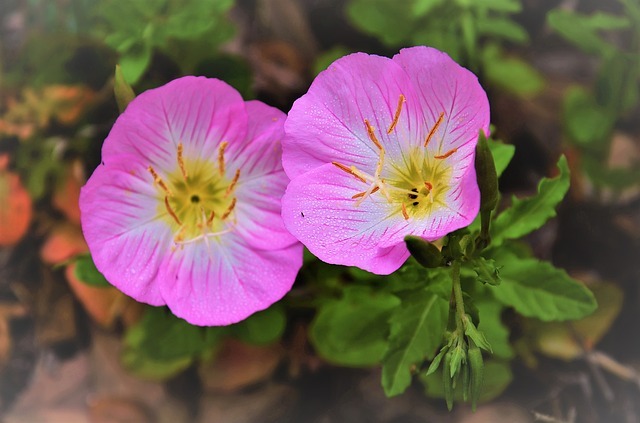
In addition, FWBG | BRIT is an active member of the Center for Plant Conservation, a not-for-profit organization that works in the United States and Canada to save imperiled plants.
Individuals can also work to preserve native plants. One powerful way is to use native plants in your own landscape. You can also advocate for the use of native plants in your neighborhood or city, limit your use of herbicides and pesticides (which can spread far beyond their intended target and harm native populations), or get involved in citizen science programs like Texas Nature Trackers, a program that relies on members of the community to track the status of wild populations of plants and animals throughout the state.
No matter how you choose to get involved, your efforts will help protect the native plants that make our corner of the planet so special.

